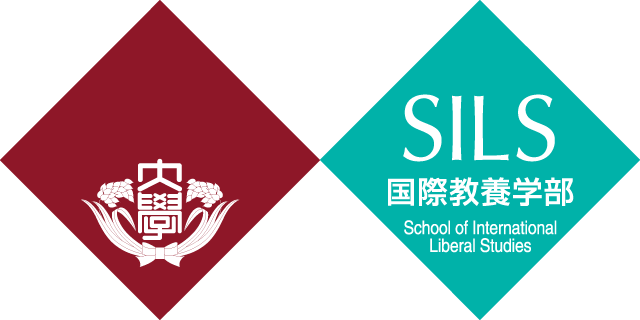- ニュース
- [SILS Faculty Seminar] Second-Tier Great Power in Power Transition: Japan’s Struggle for a Regional Trade Agreement in East Asia
[SILS Faculty Seminar] Second-Tier Great Power in Power Transition: Japan’s Struggle for a Regional Trade Agreement in East Asia
![[SILS Faculty Seminar] Second-Tier Great Power in Power Transition: Japan’s Struggle for a Regional Trade Agreement in East Asia](https://www.waseda.jp/fire/sils/assets/uploads/2022/08/3.png)
- Posted
- 2023年11月21日(火)
- Lecturer: SHU, Min
*Lecturer Information: https://w-rdb.waseda.jp/html/100000811_ja.html?k=baak - Title: Second-Tier Great Power in Power Transition: Japan’s Struggle for a Regional Trade Agreement in East Asia
- Day and Time: November 16, 2023 5:45pm-
- Abstract:
Japan’s international status has been under intensive debate since the end of the Cold War. International relations scholar John Mearsheimer famously claims that ‘Japan is not a great power… because it is heavily dependent on the US for its security.’ Inside Japan, the handicapped power status of Japan attracted even closer scrutiny. Ijiro Ozawa (小沢一郎), a veteran Japanese politician, called Japan to be a ‘normal country’ in 1993. Two years later, former SILS professor Norihiro Kato (加藤典洋) published an influential essay On Post-Defeat, arguing Japan still lacks ‘subjective autonomy (shutai-sei)’ five decades after the end of the Second World War. In 2000, Yoshihide Soeya (添谷芳秀), a well-respected expert on Japanese foreign policy, penned a column for Asahi Shimbun. Entitled Japan as a Middle Power, it maintains that Japan should abandon its great-power mentality and opt for middle-power diplomacy.
Following this important intellectual debate, my talk argues that Japan has been a ‘second-tier great power’ in the postwar international order led by the US. With its substantial economy, extensive trade and generous aid, Japan has played a leading, but second-only-to-the-US, role in the fields of international trade and development aid. While being constantly subordinate to the hegemon of the international system, Japan’s second-tier great power status has won itself a privileged position in major international economic institutions (including the G7, the World Bank, the IMF and the ADB), and allowed its economy to benefit from the cheap labor forces in East Asia and the vast European and US market.
However, the rapid rise of China in the first two decades of the 21st century posed a severe challenge to Japan’s privileged international status in East Asia and beyond. Meanwhile, the US, which lost its position of the world’s largest trading power to China in 2012, has become increasingly protectionist and inward-looking after the Trump Administration. Facing the structural uncertainties arising from the power transition in international trade, I argue that Japan made several strategic maneuvers in accordance with its second-tier great power status in the international system.
Focusing on Japan’s reginal trade policy in East Asia over the last two decades, my talk examines Japan’s initial proposal of the Comprehensive Economic Partnership in East Asia (CEPEA) in 2006, its decision to join the Trans-Pacific Partnership (TPP) negotiation in 2013, the extraordinary efforts to revitalize the Comprehensive and Progressive Agreement for Trans-Pacific Partnership (CPTPP) after the US withdrew from the TPP in 2017, and the Abe administration’s unexpected U-turn to reconcile with China in 2018 to jointly push for the conclusion of the Regional Comprehensive Economic Partnership (RCEP) even without India.
